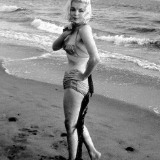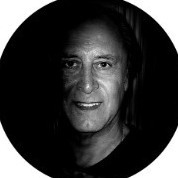Impact by poising or impact by hap-chance
-
Recently Browsing 0 members
- No registered users viewing this page.
-
Similar Content
-
- 3 replies
- 308 views
-
- 2 replies
- 271 views
-
- 43 replies
- 8,713 views
-
- 0 replies
- 338 views
-
- 11 replies
- 750 views
-




Recommended Posts
Join the conversation
You can post now and register later. If you have an account, sign in now to post with your account.
Note: Your post will require moderator approval before it will be visible.